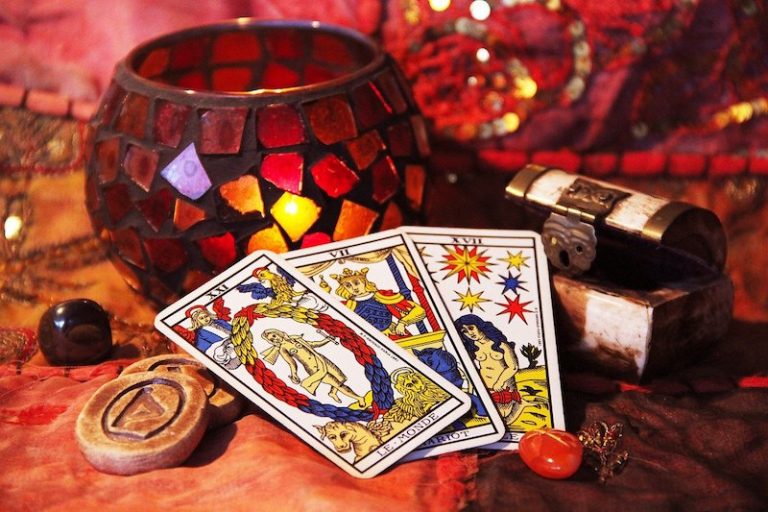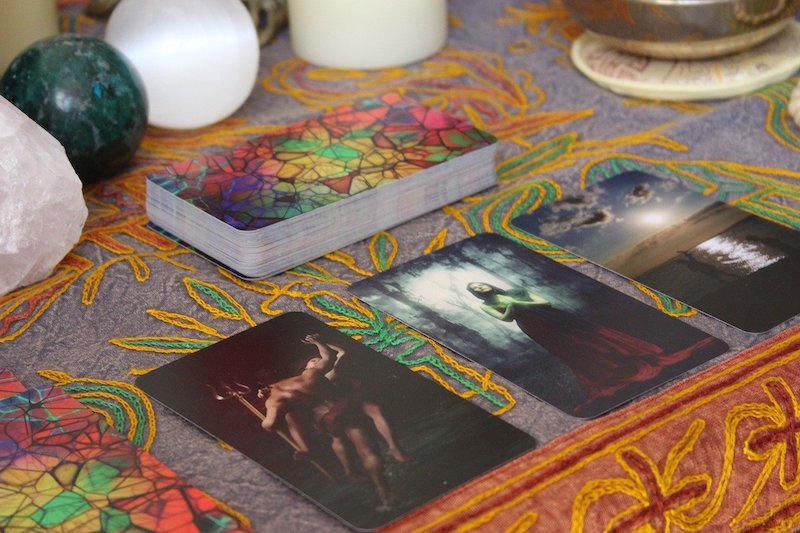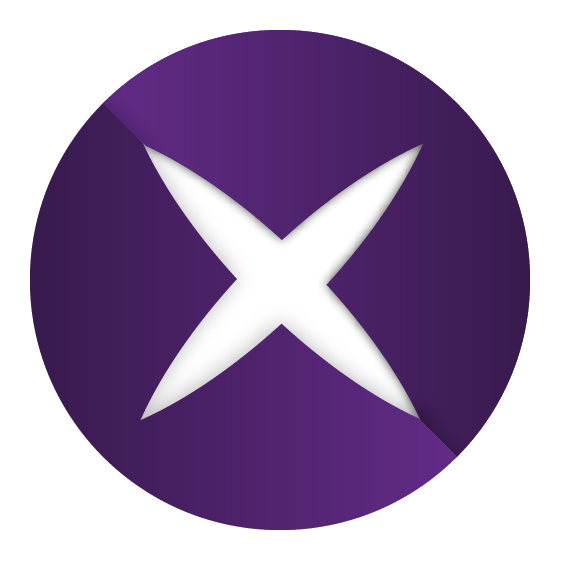
How To Improve Your Tarot Reading with Archetypes
Unbeknownst to many, Tarot reading and archetypes have an underlying connection between them. Perhaps, this is because not too many have focused on understanding archetypes in the first place.
While most of us are quick on our feet to get that Tarot reading, only a few have in-depth knowledge of its basis.
As such, in this article, we’ll be pointing out how to improve your Tarot reading with archetypes. As an archetype in itself, Tarot symbolism carries with them a strong sense of meaning and purpose.
Instead of seeing them as is, getting a good grasp of tarot card meanings can bring a better sense of understanding.
In the same way, the overarching archetypes presented by Carl Jung can also be a custom way to read Tarot cards.
By looking into four key areas of our individual existence, we get to have a more intuitive and spiritual read about who we are!
Major Arcana and Archetypes
Just like the 12 Jungian archetypes (caregiver, hero, magician, etc.,), the Tarot cards are more of a western take on the classic deck of cards (clubs, spades, diamonds, hearts).

As a form of divination, Tarot cards are used to unravel the past, warn the present, and predict the future. Using the classic dichotomy between good and bad, these Tarot symbols carry with them a particular meaning.
With that, understanding Tarot cards requires contextual knowledge of its imagery. By looking deep into what each symbol means, a more accurate interpretation can be derived as we examine its underlying archetype.
Thus, here are the 22 major arcana cards and their corresponding archetypal meanings!
- The Fool – represents the naïveté of each individual. Like a child that wanders into the world, the Fool depicts a Tabula Rasa state.
- The Magician – depicting transformative powers, the magician is known to be cunning and resourceful. Generally, it represents our adaptability and resonance to change.
- The High Priestess – represents the feminine sage. As a keeper of secrets, she guards the underlying truths of the world.
- The Empress – also known as the archetypal mother, represents matriarchy. With her people as her children, she seeks to nourish those around her in order for them to flourish.
- The Emperor – also known as the archetypal father, he represents patriarchy. Authoritative and jurisdictional, the Emperor believes that they are ultimately necessary for civilizations to progress.
- The Hierophant – known to be a religious leader, the Hierophant represents the head of a hierarchy. Often revered due to their holiness, they basically govern our spiritual aspect.
- The Lovers – intertwined by fate, this archetype depicts the act of being attracted to the other. Despite seemingly opposing forces, a union is imminent, one way or another.
- The Chariot – symbolizing change and progress, this archetypal image reflects a forward movement or transition. Covering both emotional and rational realms, this transition represents change.
- Strength – taming a ferocious lion, the lady represents courage and willpower. Generally, this symbolizes how we can conquer challenges in life that are bigger than us.
- The Hermit – distantiated from the concerns of the mundane and the worldly, this archetype reminds us of the transcendental aspects of our human existence.
- The Wheel of Fortune – as a classic archetype, this represents uncertainty and randomness of life itself. Just as how destiny and fate decide our end goal, this wheel depicts the paradoxical nature of our existence.
- Justice – representing morality, law, and order, this Tarot card symbolizes the ultimate arbiter that’s greater than mankind.
- The Hanged Man – often misunderstood, the hanged man represents the sacrifices that one makes in order to achieve a bigger goal in life.
- Death – symbolizing transition and change, this archetype highlights the need for destruction before creation can emerge.
- Temperance – as one of the core values, this archetype represents balance. Reflecting how we perceive the world, this Tarot card embodies our pace.
- The Devil – symbolizing evil and conflict, the Devil represents unwanted and unfortunate events in our life. Keeping us from being happy, such basically represents our imperfections.
- The Tower – symbolizing unforeseen change, the striking lightning represents danger and crisis.
- The Star – just like the old times, the star represents a shining light in the darkness. Guiding travelers and inspiring observers, its magnificence symbolizes hope, positivity, and guidance.
- The Moon – commonly used to represent the covert and the occult, the moon represents the unconscious. Meaning, it usually depicts our deepest desires that we are unaware of.
- The Sun – in contrast to the Moon, the Sun represents the conscious mind. Aware and in-control, this is often depicted by the Ego.
- Judgment – or also known as a revelation, this archetypal image represents the end and the conclusion. It reveals all and forgives all.
- The World – representing the roundness of our existence, the world symbolizes the unending movement of life.
Improve Your Tarot Reading with a Custom Pattern: 4 Major Jungian Archetypes
As mentioned at the beginning of this article, we’ll also be presenting a custom reading pattern that can help you improve your Tarot reading using the 4 major Jungian archetypes.

Generally, the idea is to draw 4 cards from the deck of Major Arcana cards. With each card being interpreted in conjunction with their respective Jungian archetypal values, you’ll get a deeper insight into yourself.
With that, you have to consider these four major Jungian archetypes for their own value. Representing a fragment of who you are, the card you’ve drawn should be interpreted accordingly.
The Persona
The Persona basically represents how we present ourselves to those around us. Literally derived from the Latin word Personae, its etymological meaning is “mask.” As such, this presupposes that the Persona archetype is the mask we wear as we appear to the public.
Upon drawing a Tarot card, interpret it according to how it will impact your external masks.
For instance, drawing the Tower card in reverse position signals impending destruction of your mask. As such, it would be best to be prepared and re-assess your daily dealings in order to preempt when and how this will happen.
The Shadow
Residing in the collective unconscious, the Shadow archetype represents our repressed thoughts and feelings of ourselves. Like unwanted parts of our existence, this basically comprises of the things that we bury deep down.
Upon drawing a Tarot card, interpret it according to how it will alter or reveal your Shadow.
For instance, drawing the Fool signals an inner child that’s either being trapped or forcefully repressed within you. With that, it informs you of the need to recheck some childhood trauma that may currently be affecting how you perceive life today.
The Anima or Animus
Perhaps one of the most complex archetypes, the Anima or Animus represents our concept of the opposite gender. For Jung, we all have an inherent understanding of the opposite gender as an archetypal concept within us.
Upon drawing a Tarot card, interpret it according to how it will affect your relationships.
For instance, drawing the Lovers card in an upright position signals a blooming relationship. While you may be confronted with crossroads as you do this, take courage and seize the opportunity to fall in love. After all, you’ll never know they are already the ones for you.
The Self
Last, but definitely the most important of the archetypes, the Self represents our archetypal image of who we are. Unlike the ego, which focuses on conscious states, the Self is embedded deep within the unconscious.
Thus, having a positive Self archetype is crucial in shaping your conscious world in an unconscious way.
Upon drawing a Tarot card, interpret it according to how it will affect the core of who you are.
For instance, drawing the Death card in an upright position signals an impending major change in your life. Forcing you to re-calibrate who you are, this card will unravel your deepest issues sot that you may resolve them.
Final Word
Understanding the major arcana cards of the Tarot in conjunction with the archetypes is no easy task. At the very least, the content that we’ve provided here are only the tips of the icebergs.
In unraveling their deeper meaning and the archetypal message that’s attached to each card, it is important to take into consideration its socio-cultural and historical background.
In doing so, you are almost assured that you’ll arrive at a more accurate interpretation of each card’s meaning and purpose.
Furthermore, integrating them with the four major archetypes also gives you a deeper insight into who you are. By using these readings as a starting point, you will unlock a more intuitive version of yourself!

The Individualogist Team is made up of archetype fanatics, individuation practitioners, and spirituality fans. Our humble group has banded together to deliver thought-provoking, life-changing, and growth-probing wisdom.
1 thought on “How To Improve Your Tarot Reading with Archetypes”
Comments are closed.
Pingback: How To Improve Tour Tarot Reading with Archetypes – Gaming Stories News & Blogs